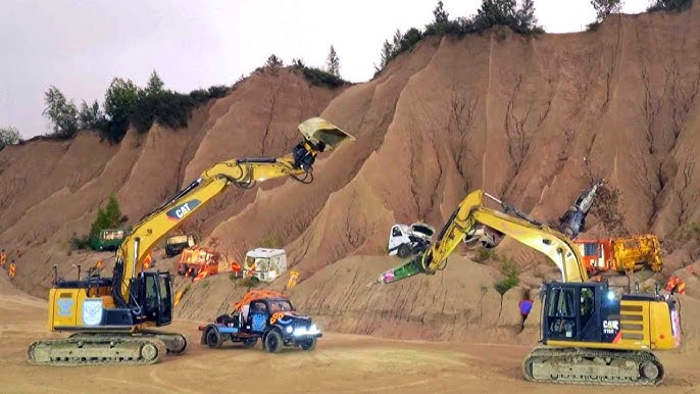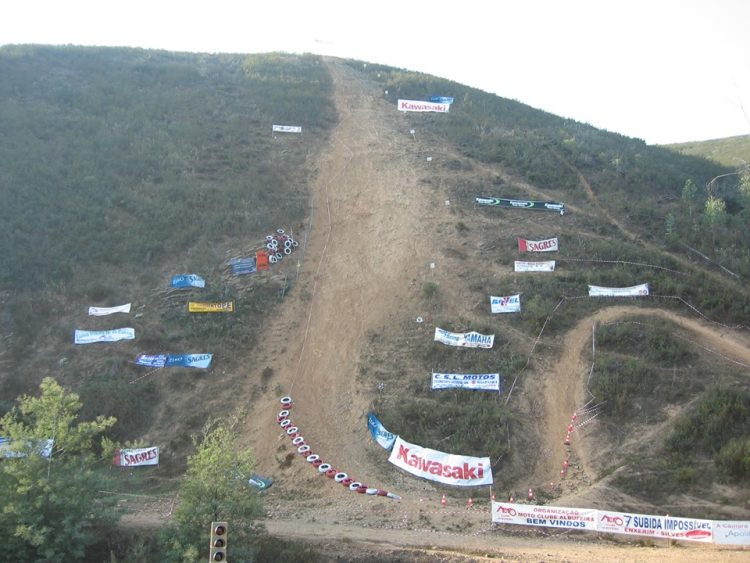
Grave Diggers Compete in the 8th International Grave Digging Championship
Every year, grave diggers from around the world gather in Hungary to compete in the International Grave Digging Championship. Every year since 2016, with the

Every year, grave diggers from around the world gather in Hungary to compete in the International Grave Digging Championship. Every year since 2016, with the

A 30-year-old Mexican woman with no running experience and no running equipment managed to win a 63km (39 miles) ultramarathon while wearing sandals and the

Estonian theater Kinoteater recently staged one of the most unusual versions of Shakespeare’s “Romeo and Juliet,” featuring heavy-duty vehicles as actors and a limestone quarry

The Chinese City of Chongqing recently set a new Guinness World Record by staging a massive light show with no less than 11,787 drones. China

Chinese robotics company Unitree showcased the fighting capabilities of its G1 robot model in what was advertised as the world’s first-ever humanoid robot fighting competition.

Enhanced Games, a sports competition where performance-enhancing drugs are not only allowed but encouraged, will be held for the first time in May next year,

Beijing recently held the so-called “world’s first humanoid robot half marathon,” but instead of putting humans to shame, the participating robots only showed off their weaknesses. Robotics

Popular Cambodian beauty pageant Miss and Mister Majestic has been getting a lot of attention after photos of its “ordinary-looking” participants went viral on social

China’s capital city of Beijing is all set to host an interesting half-marathon that will set thousands of human runners against dozens of bipedal robots

Subida Impossível (Impossible Climb) is a challenging motocross hill-climbing event in Portugal that more than lives up to its suggestive name. Every year, dozens of

A short clip featuring two very hot “humanoid robots” being showcased at this year’s Beijing World Robot Conference has sparked a heated online debate about

Swinging Bridge, a simple yet hard-to-master game that has been around for about a decade, has been growing in popularity all over China. Ever try

Over the last couple of years, more than 40 T-Rex costume races have been hosted around Japan, making it one of the fastest-growing racing events

6-year-old Cao Qixian set the new women’s world record for solving a 3x3x3 Rubik’s cube in 5.97 seconds (average) at the World Cube Association Rubik’s

Every year, Germany hosts the Stapler Cup, a competitive event that sees hundreds of forklift drivers from around the world going head to head in